19.10.2023
Throughout the 60s, Lockheed Skunk Works were building some incredible aircraft – the A-12 Oxcart and SR-71 were and still are some of the fastest vehicles ever made. These technical achievements were incredible. Before home computing and the internet, there were aircraft capable of more than 2,000 mph.
But, being on the bleeding edge of technology comes with risks. Either through lack of understanding or difficulty in manufacturing parts to tight enough tolerances, accidents can and will happen. This was to be the unfortunate fate of the SR-71 known as “Ichi-Ban”.
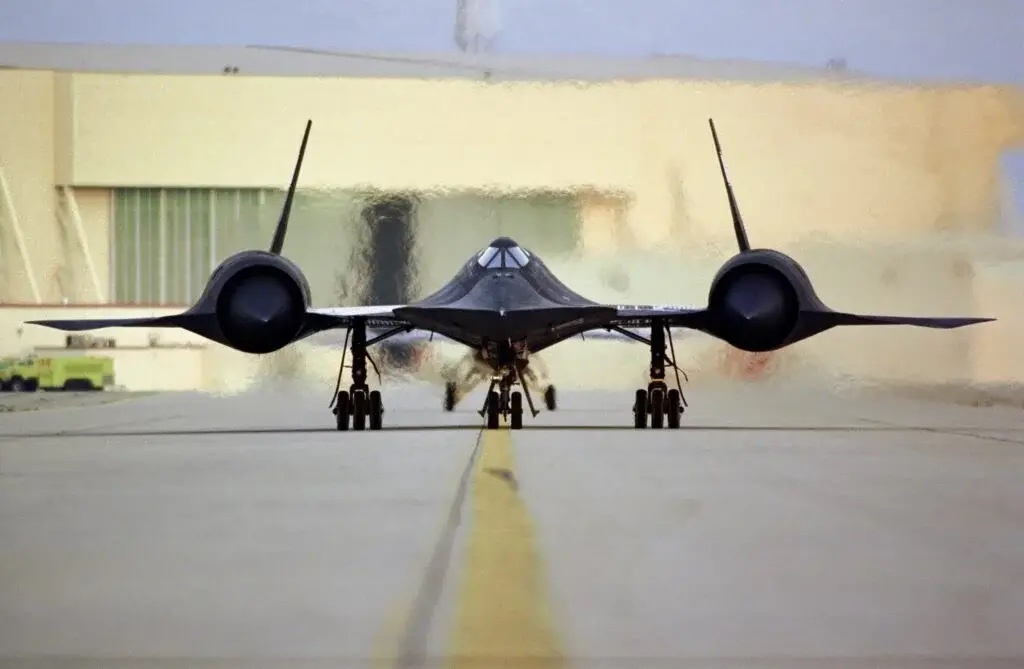
The Lockheed SR-71, known as the ‘Habu’.
SR-71 #61-17974 was based at Kadena AFB, Okinawa, Japan and made quite the scene for the locals who lived close by.
The unusual aircraft drew a lot of attention thanks to the unusual shape and jet black paintwork. The SR-71 became known as the ‘Habu’ locally, thanks to its resemblance to the Habu Pit Viper.
As these aircraft were spyplanes, pilots did not become aces in the traditional sense, but with every mission flown a Habu was painted onto the side of the Blackbird. Once amassing 5 missions complete the crew would be considered an ace.
#61-17974 had the most operational missions complete and a large Habu was painted on the tail of the aircraft as a mark of respect. The snake was wrapped around a red ‘1’ and in the local language, ‘number one’ translated to ‘Ichi-Ban’.
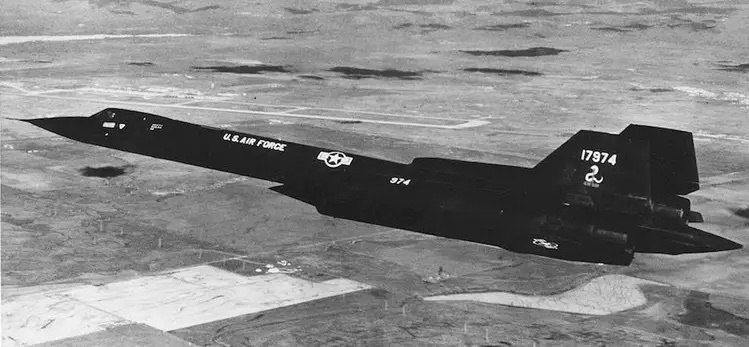
The SR-71 #61-17974 “Ichi-Ban”.
In April of 1989, just like many missions flown before, Pilot Lt. Col Dan House took Ichi-Ban into the skies above Kadena and everything seemed normal.
Nothing was reported by House or by his RSO Blair Bozek that would indicate any issue.
That was until House pushed the throttles on the pair of J-58 engines to maximum power. As Ichi-Ban hit Mach 3.0 the bearing in the left-hand compressor failed and caused the immediate destruction of the engine whilst travelling at over 2,000 mph.
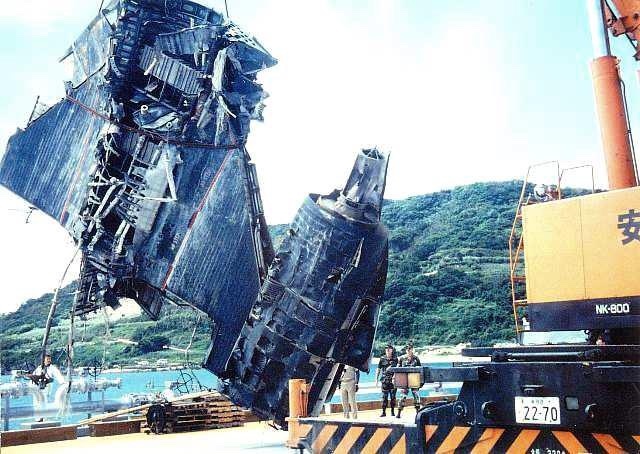
The damage from hitting the water was immense.
As the J-58 exploded, shrapnel was sent flying damaging the SR-71 and most critically severing hydraulic lines. Even the best and most experienced pilots ever would not be able to save such a badly damaged plane.
House did not give up, incredibly aware that the death of his RSO and himself was imminent, he managed to steer the Blackbird into a shallow descent and decelerate as quickly as possible.
Ejecting from aircraft is not a pleasant experience for anyone involved and doing it at Mach 3 would have been suicide.
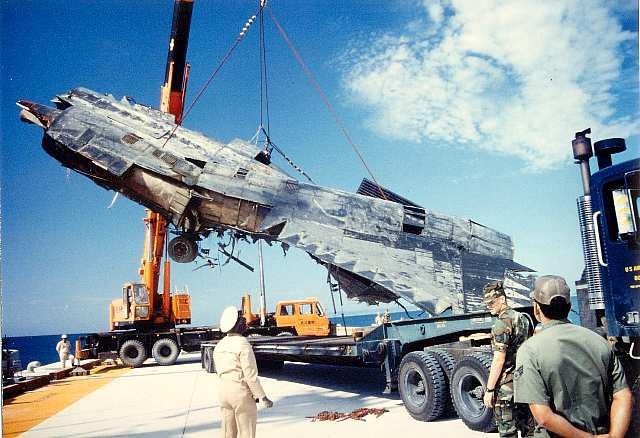
It was extremely important to recover the wreckage as the technology was highly classified.
However, extreme skill combined with a lot of luck meant that the wounded aircraft found itself below 10,000 at low enough speed for both House and Bozek to safely eject. They landed in the sea where some local fishermen came to their rescue.
Ichi-Ban continued going down and eventually smashed into the waters of the South China Sea.
Despite the age of the SR-71, the US could not let the wreckage be recovered by the Chinese. It was too technically advanced. It was not long before the wreckage had been salvaged and transported back to the Kadena Air Force base.
There were several options of what they could do with the wreckage of Ichi-Ban: scrap the aircraft and sell the metal to the highest bidder in Okinawa, send it back to the US for disposal, or bury it.
Typically the fastest and least expensive option was chosen.
But, the story does not end there – the Pacific Air Force would not permit burial of the aircraft at Kadena because facilities were constantly under construction for new tenants. Meaning that it may be a possibility that it would need to be dug up and moved somewhere else.
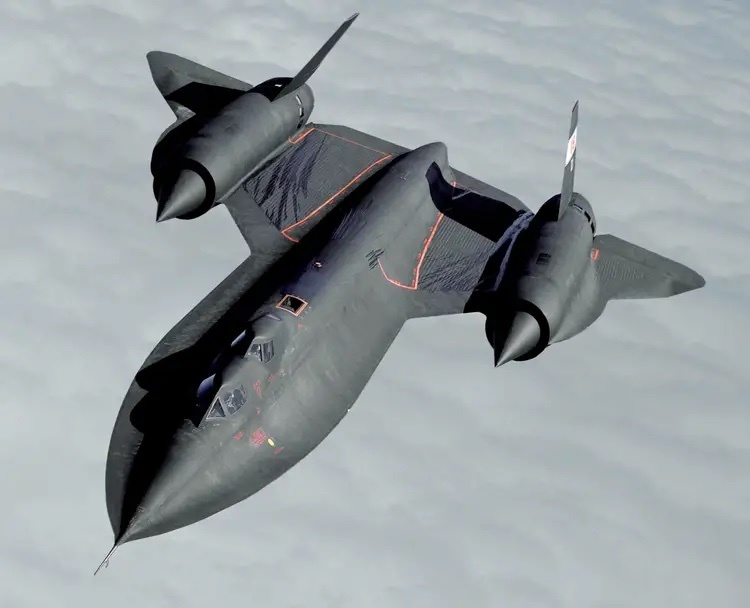
Crews were very fond of the SR-71. Fitting that a full military honours burial was done to see her off.
Burial at sea seemed the most fitting option but required help from the US Navy. After all of the bureaucracy was settled the SR-71 #61-17974 was transferred to a waiting vessel.
Her remains were taken out to sea on Christmas Eve 1989 and buried with full military honours. Pushed off the side of the vessel, Ichi-Ban sank 25,597 feet into the ocean where she lies at the bottom of the Mariana Trench.
Quelle: PlaneHistoria
+++
In den 60er Jahren baute Lockheed Skunk Works einige unglaubliche Flugzeuge – die A-12 Oxcart und die SR-71 gehörten und sind immer noch zu den schnellsten Fahrzeugen, die jemals gebaut wurden. Diese technischen Errungenschaften waren unglaublich. Vor Heimcomputern und dem Internet gab es Flugzeuge mit einer Geschwindigkeit von mehr als 2.000 Meilen pro Stunde.
Aber auf dem neuesten Stand der Technik zu sein, birgt Risiken. Entweder aufgrund mangelnden Verständnisses oder Schwierigkeiten bei der Herstellung von Teilen mit ausreichend engen Toleranzen können und werden Unfälle passieren. Dies sollte das unglückliche Schicksal der SR-71 sein, die als „Ichi-Ban“ bekannt ist.
SR-71 #61-17974 war auf der Kadena AFB, Okinawa, Japan, stationiert und bot den Einheimischen, die in der Nähe wohnten, einen tollen Anblick.
Das ungewöhnliche Flugzeug erregte durch die ungewöhnliche Form und die tiefschwarze Lackierung große Aufmerksamkeit. Aufgrund ihrer Ähnlichkeit mit der Habu Pit Viper wurde die SR-71 vor Ort als „Habu“ bekannt.
Da es sich bei diesen Flugzeugen um Spionageflugzeuge handelte, wurden Piloten nicht zu Assen im herkömmlichen Sinne, aber bei jeder geflogenen Mission wurde ein Habu auf die Seite der Blackbird gemalt. Sobald fünf Missionen abgeschlossen sind, gilt die Besatzung als Ass.
#61-17974 hatte die meisten Einsatzmissionen abgeschlossen und als Zeichen des Respekts wurde ein großes Habu auf das Heck des Flugzeugs gemalt. Die Schlange war um eine rote „1“ gewickelt und in der Landessprache wurde „Nummer eins“ mit „Ichi-Ban“ übersetzt.
Im April 1989 flog Pilot Lt. Col Dan House Ichi-Ban, genau wie viele zuvor geflogene Missionen, in den Himmel über Kadena und alles schien normal zu sein.
Von House oder seinem RSO Blair Bozek wurde nichts gemeldet, was auf ein Problem hinweisen würde.
Das war so, bis House die Gashebel der beiden J-58-Triebwerke auf maximale Leistung stellte. Als Ichi-Ban Mach 3,0 erreichte, versagte das Lager im linken Kompressor und führte bei einer Geschwindigkeit von über 2.000 Meilen pro Stunde zur sofortigen Zerstörung des Motors.
Als die J-58 explodierte, wurden Granatsplitter durch die Luft geschleudert, die die SR-71 beschädigten und vor allem die Hydraulikleitungen durchtrennten. Selbst die besten und erfahrensten Piloten wären nicht in der Lage, ein so schwer beschädigtes Flugzeug zu retten.
House gab nicht auf, da er sich unglaublich bewusst war, dass der Tod seines RSO und seiner selbst unmittelbar bevorstand, und schaffte es, die Blackbird in einen flachen Sinkflug zu steuern und so schnell wie möglich abzubremsen.
Das Aussteigen aus einem Flugzeug ist für alle Beteiligten keine angenehme Erfahrung und es wäre Selbstmord gewesen, es bei Mach 3 zu tun.
Die Bergung des Wracks war äußerst wichtig, da die Technologie streng geheim war.
Extremes Geschick gepaart mit viel Glück führte jedoch dazu, dass das verwundete Flugzeug eine Geschwindigkeit von unter 10.000 hatte und so niedrig war, dass sowohl House als auch Bozek sicher aussteigen konnten. Sie landeten im Meer, wo ihnen einige lokale Fischer zu Hilfe kamen.
Ichi-Ban sank weiter und stürzte schließlich in die Gewässer des Südchinesischen Meeres.
Trotz des Alters der SR-71 konnten die USA nicht zulassen, dass die Trümmer von den Chinesen geborgen wurden. Es war technisch zu fortgeschritten. Es dauerte nicht lange, bis die Trümmer geborgen und zum Luftwaffenstützpunkt Kadena zurücktransportiert wurden.
Es gab mehrere Möglichkeiten, was sie mit den Trümmern der Ichi-Ban machen könnten: das Flugzeug verschrotten und das Metall an den Meistbietenden in Okinawa verkaufen, es zur Entsorgung in die USA zurückschicken oder es begraben.
In der Regel wurde die schnellste und kostengünstigste Option gewählt.
Aber damit ist die Geschichte noch nicht zu Ende – die Pacific Air Force erlaubte die Beerdigung des Flugzeugs in Kadena nicht, da ständig Anlagen für neue Mieter gebaut wurden. Das heißt, es besteht die Möglichkeit, dass es ausgegraben und an einen anderen Ort gebracht werden muss.
Burial at sea seemed the most fitting option but required help from the US Navy. After all of the bureaucracy was settled the SR-71 #61-17974 was transferred to a waiting vessel.
Her remains were taken out to sea on Christmas Eve 1989 and buried with full military honours. Pushed off the side of the vessel, Ichi-Ban sank 25,597 feet into the ocean where she lies at the bottom of the Mariana Trench.
Quelle: PlaneHistoria
